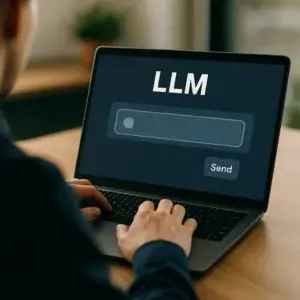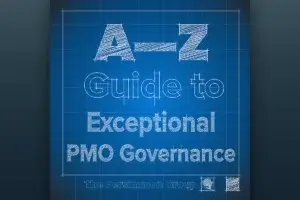It’s a question that PMP® aspirants are still asking nearly a year after the release of the 7th edition—does the new PMP® exam use the 6th or 7th edition of the PMBOK® Guide? Rumors and misinformation abound, and it’s no wonder. In 2020-2021, PMI released a series of significant changes in quick succession. For example:
-
- PMI released a new Exam Content Outline (ECO).
- PMI dramatically revised the format of the PMP exam.
- PMI took more visible steps to make the PMP exam content less dependent on the PMBOK Guide.
- The 7th edition of the PMBOK Guide was released about a year after PMI launched the new exam (and it was substantially different from previous editions.)
- PMI changed the rules for education providers so that all Authorized Training Partners (ATPs) must teach standardized content provided by PMI.
Suffice it to say, the pace and degree of change left many people wondering how best to prepare for the exam. Now that the dust has settled, we know significantly more about how all these changes fit together, both from PMI’s communications and what we’ve seen and heard from actual test-takers. So which edition should you study for the exam?
Here’s What You Need to Know
1. You should read and study the PMBOK Guide 7th edition—rather than the 6th— to prepare for the exam.
It is now officially the 7th edition used as a reference to create and validate exam questions. You should know that the importance of the PMBOK Guide overall to the exam is widely misunderstood and usually overemphasized (see #2).
The 7th edition is a relatively short read, especially compared to previous editions. Unlike the ones that came before it, PMBOK 7 is “principles-based,” which means it spends less time covering specific tools, techniques, and practices in detail. In contrast, it spends more time talking about the general principles or guidelines that project managers should follow when deciding how best to lead a project team.
This makes the 7th edition really useful for developing an instinct about how to answer situational questions on the exam—particularly for self-studiers.
2. The PMP exam is not a PMBOK Guide exam.
Officially, the PMP exam has never been a test of the PMBOK Guide. Unofficially, until recently, you really couldn’t pass the PMP exam without either reading the PMBOK Guide or using a test prep resource to summarize it for you.
Let’s take a quick look at how test questions are created, which hasn’t changed much over the years.
Every three years, PMI hires an external partner to conduct a market study of project management and project managers across the globe. It helps PMI understand how the role of a project manager has evolved since the last time the study was performed and the direction the profession is likely to go in the future.
This study is used to update the Exam Content Outline (ECO). The ECO specifies the topics that should be covered on the exam, as well as the percentage of exam questions that should pertain to each domain.
Next, test writers start to create exam questions based on the ECO. To make sure the questions are fair and accurate, test writers must cite at least two references for each question. Typically, these references will be one of these ten sources.
But just to make these nice and complicated, look at what PMI says today about the relationship of the exam to these references:
“Exam candidates should be aware that the PMP exam is not written according to any single text or singularly supported by any particular reference…the references listed here are not inclusive of all resources that may be utilized and should not be interpreted as a guaranteed means of passing the exam.”
This brings us to #3.
3. Now, more than ever, reading the PMBOK Guide will not be enough to pass the exam.
If you’re self-studying, you not only need to read the PMBOK Guide. We also recommend you read the Agile Practice Guide since about 50% of the questions will pertain to Agile or Hybrid approaches to project management in today’s exam.
Also, as mentioned above, the PMBOK 7 is lighter on details than previous editions. It’s designed to be read and used with PMI’s online repository of vetted articles, tools, and templates called PMIStandards+. All of this is free, but only if you’re a PMI Global member at the cost of $129/year.
Self-studiers will also need to invest in some type of product that helps them practice simulated exam questions. PMI offers that too ($99) but some of our students haven’t been impressed with the quality of feedback and explanations given with this product, so we recommend this PMP Simulator as an alternative to consider. (We have no financial partnership or stake in this product, but we like it so much it’s the one we pay for our students to get as part of our Prep Exam Prep class.)
So what’s the bottom line?
PMP aspirants should read and study the 7th edition of the PMBOK Guide to prepare for the exam, rather than the 6th. But reading the 7th edition alone won’t be enough to succeed on the test.
For most people, it makes sense to find an Authorized Training Partner to help. However, not every partner is created equal. Even though ATPs teach the same content, the “magic” happens when you find just the right coach to help you learn. Read what other students have to say about their teacher before making your decision, and make sure whatever program you buy includes a quality exam simulator product.
Need help with asking your boss for approval to take a course? Check out our template “letter to your employer”here!
Ready to dive deeper into PMP Certification and exam preparation? Check out our comprehensive guide here for everything you need to know about the certification process and tips for acing the exam.










